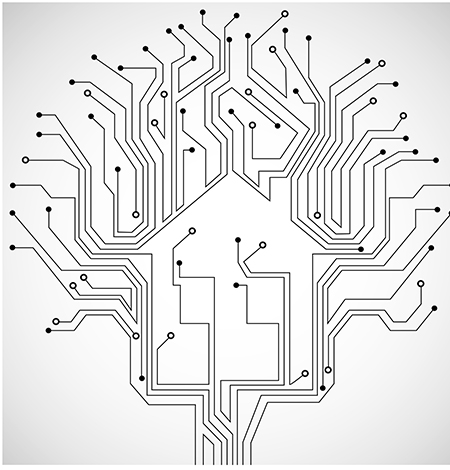Residential installers need a strong network at the foundation of every installation to ensure that an automation system performs at its best. Essentially, when systems integrators create a strong and reliable network, they increase product performance and enhance customer satisfaction — which leads to higher revenue and future business opportunities.

Due to the changes brought on by the pandemic, clients spend more time at home, both for work and entertainment. And despite offices and recreational activities re-opening, increased streaming and internet usage shows no sign of returning to pre-pandemic levels. This puts an obvious strain on networks. Given this evolution, home network reliability has transitioned from an important factor to a mission-critical factor on every installation. From now on, the home network must work all of the time.
Related: Need to Know – Home Mesh Networks
Of course, a strong home network is hinged on its ability to perform. Typically, networks host numerous applications that assume there are no limits when it comes to bandwidth and delay. The home network must be able to handle the volume and traffic generated by the growing number of internet-connected devices in each household.
In addition to reliability and strong performance, installers must consider the importance of serviceability. While the ultimate goal is to build a seamless experience, networking — like any other technology — sometimes needs to be fixed, adjusted, or rebooted. Integrators understand the importance of being able to resolve issues as quickly and seamlessly as possible to limit downtime. Therefore, delivering rapid, responsive and accurate network service maintenance is more important now than ever for any installer.
As networks become increasingly complicated, so do installations with each access point requiring individual on-site configuration and updates. With remote management, installers can remotely configure and manage entire networks through an advanced remote network management solution. With just a few clicks, integrators can set SSIDs, network names, broadcast frequencies, and encryption methods, as well as establish passwords, priority networks, and public networks. This streamlines the setup process and offers granular control and access for even the most demanding residential systems.
Additionally, with interface features like custom grouping with multiple sites, improvements in determining the urgency of an issue, and device-specific identification and alerts, ensuring there are less false alarms and more actionable information than ever before is important. Combined with online portals that offer use-anywhere accessibility, installers should have the option of providing true 24/7 network management.
Not only are greater insight and system control excellent problem-solvers, but they also reduce costs, improve relationships between integrators and clients, and generate more revenue. Furthermore, minor issues can sometimes be solved before clients are even aware they occurred. Seamless integration with an RMM platform is fundamental to the implementation of a reliable, high-performance home network.
Finally, to support this networking ecosystem, network training and education, including guided, hands-on learning, provides integrators the foundational knowledge of how networks function, how networks should be designed, and how they should be configured to make them more efficient and capable.
As smart home networking evolves into more powerful and sophisticated systems, the home network must be able to support them.
Snap One’s Nick Bovill leads the integrator training for Snap One’s networking solutions and the OvrC remote monitoring and management (RMM) platform.







